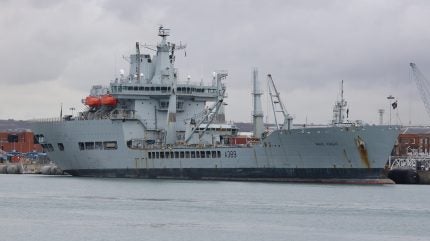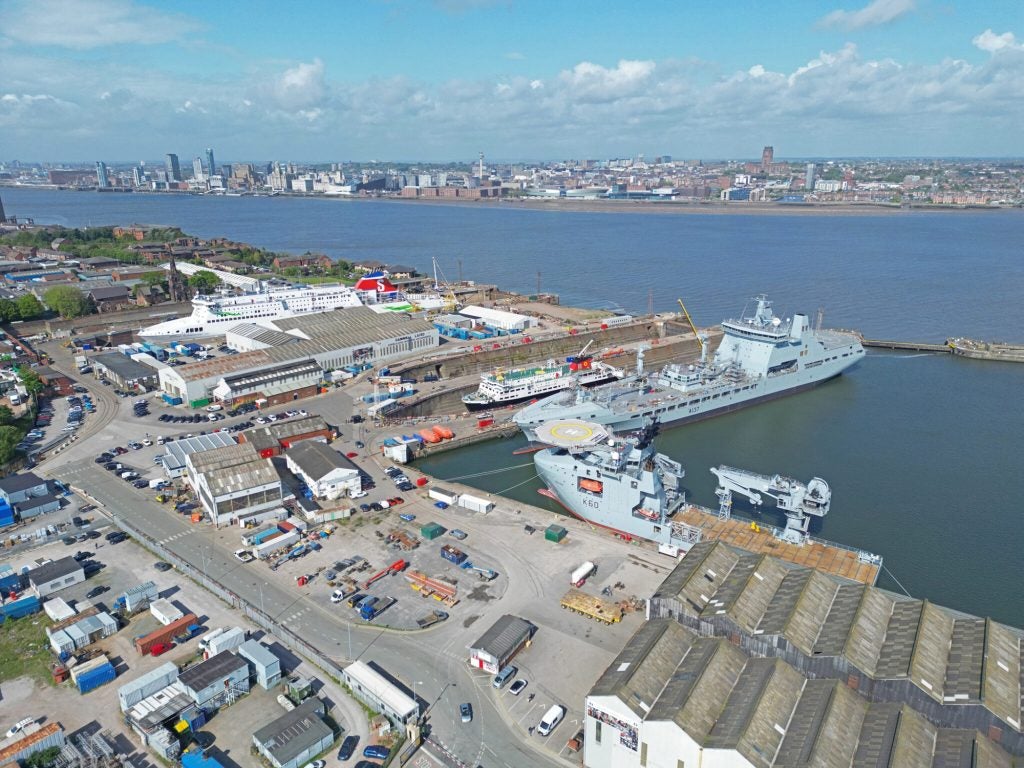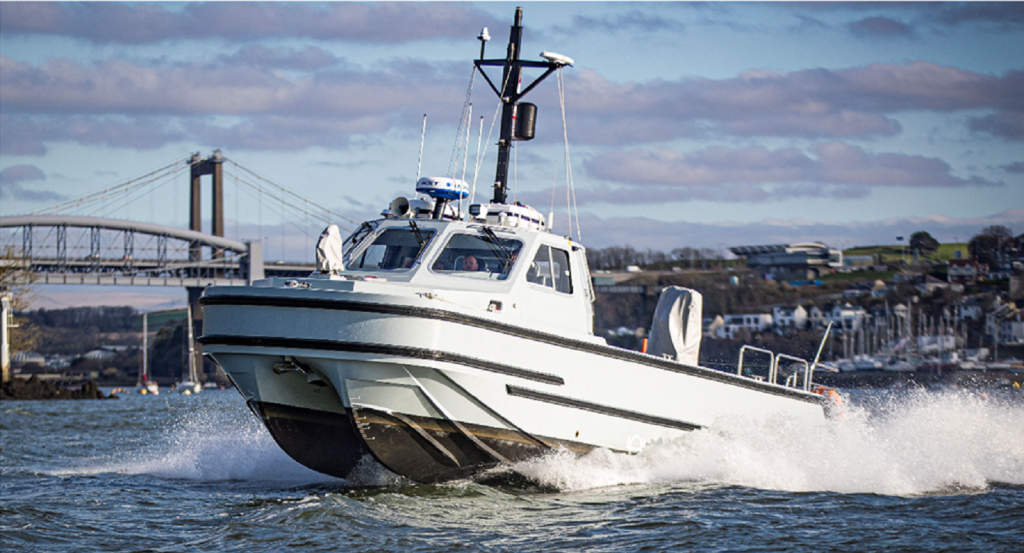
The UK Ministry of Defence (MoD) has provided an update on the availability and readiness of the Royal Fleet Auxiliary (RFA), a force tasked with supporting the global operations of the Royal Navy, detailing that 50% of its tanker capability was either alongside or in extended readiness.
The RFA’s fleet tanker force comprises two legacy Wave-class fleet tankers and four Tide-class replenishment vessels, the latter class being relatively new having only entered service in 2017.
Outlining the current availability of the RFA fleet, UK Defence Procurement Minister James Cartlidge on 22 April stated as of 12 April 2024, RFA Wave Knight and RFA Wave Ruler were “in extended readiness”, with “all other” platforms either at sea or planned to return to sea in future.
Vessels placed in extended readiness are de-crewed, with personnel that would be assigned redistributed elsewhere. RFA Wave Knight has been in extended readiness since 2022, with its sister ship Wave Ruler languishing since 2017.
Of the Tide-class tankers, one vessel, RFA Tiderace, was currently “alongside for a period” and would be regenerated “as needed”, depending on operational requirements.
Tasked with providing task forces with naval fuel to sustain warships on deployed operations, the RFA tanker force does not always have to be deployed at sea, rather instead being worked up depending on the demand for such capabilities.
2024 will likely offer the RFA the opportunity to keep some vessels alongside, such as Tiderace, before spooling vessels up ahead of the planned 2025 carrier strike group (CSG) deployment into the Asia-Pacific once again.
However, the Wave-class tankers are almost certain to be sold should a suitable buyer be found despite having only been in service for around 20 years, entering service in 2003.
RFA Fort Victoria refit will prepare vessel for 2025 CSG deployment
Responding to a UK Parliamentary written question, Cartlidge also stated that RFA Fort Victoria, the sole remaining Fort-class solid support vessel in RFA service, was in a “scheduled refit package” in preparation for its return to service.
The planned maintenance period comes on the back of an extensive £18m ($22.9m) refit of RFA Fort Victoria in 2022. Since the refit, additional work has been undertaken on the vessel by Cammell Laird shipyard in Birkenhead costing approximately £2.3m, according to official figures.

Being the last remaining food and store ship in RFA service, the operations of Fort Victoria will be carefully managed, likely only being gradually working up ahead of the CSG deployment at some point in 2025.
As of July 2023, the planned out-of-service date (OSD) for RFA Fort Victoria was listed as 2028, a timeframe that creates a three-year capability gap between the vessel leaving service and the introduction of the first of an eventual three-ship class of new solid support vessels, under the Fleet Solid Support (FSS) ship programme.
From the start of manufacture of the FSS programme in 2025, it will take six years before the first of the ships will enter service, at some point in 2031.
Currently, the service has four Tide-class tankers, one Fort-class replenishment ship, three Bay-class landing platform docks, and a single aviation support platform/casualty receiving vessel (RFA Argus). This month, it inducted RFA Stirling Castle, one of a new class of planned mine countermeasure ‘motherships’ that will host uncrewed underwater minehunting drones.
In addition, the first of the subsea MROS surveillance vessels, RFA Proteus, was introduced into service in October 2023.







